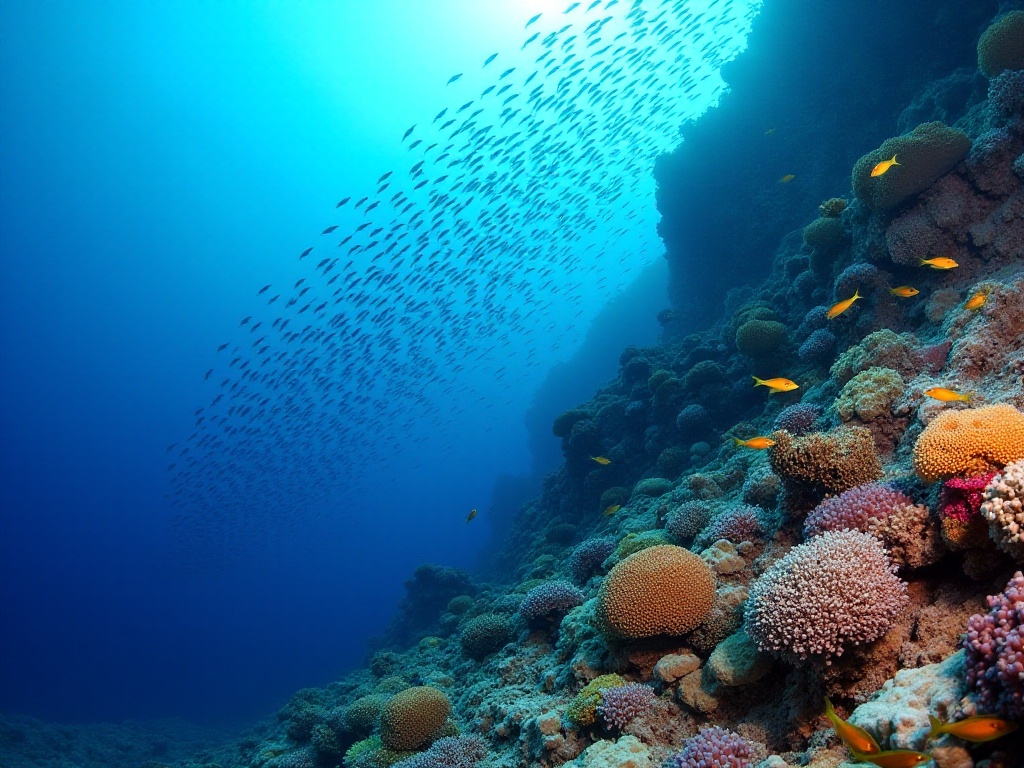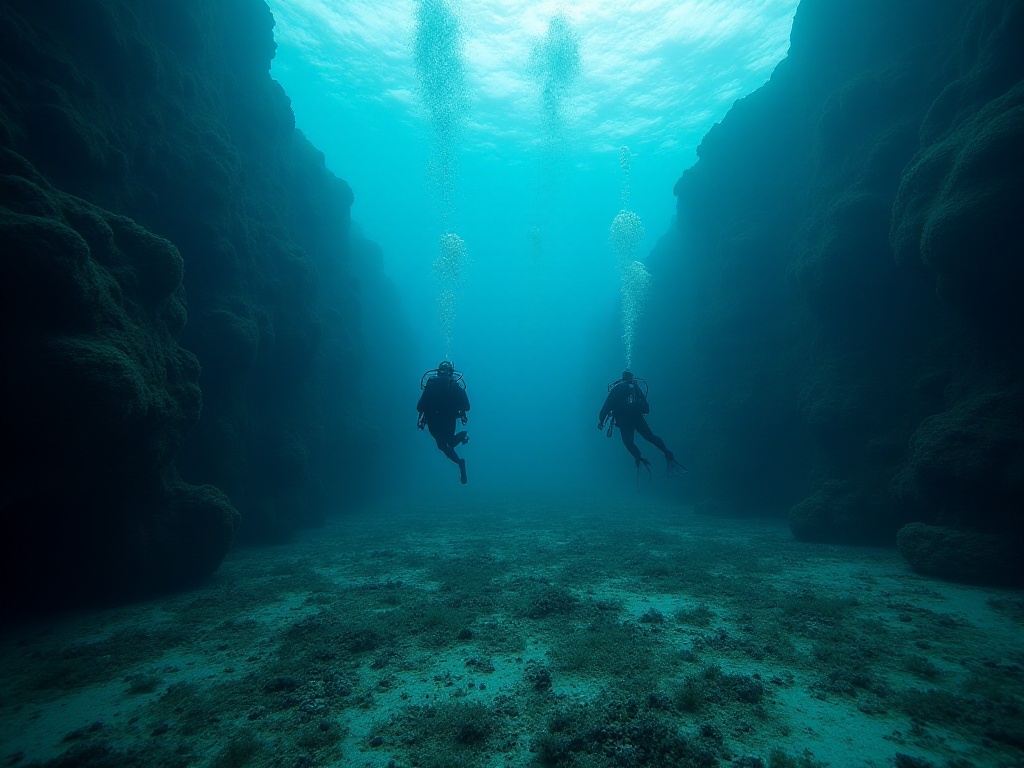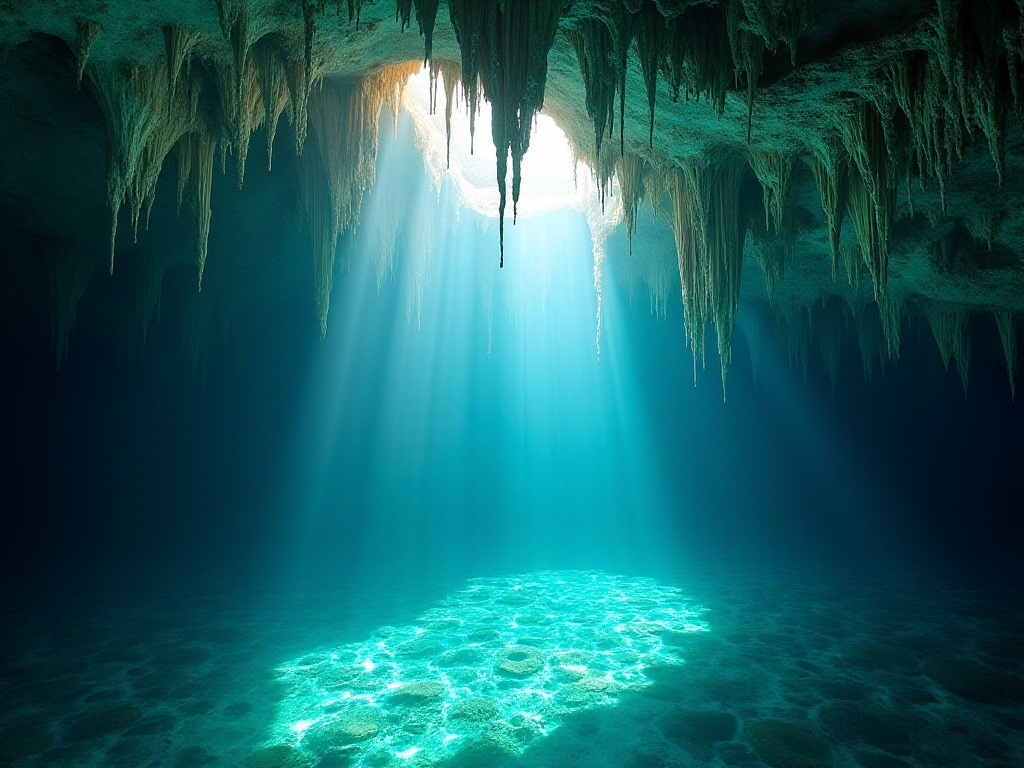Foreword
As a dive enthusiast born after 1995, I've explored over 200 dive sites across 50 countries, from basic snorkeling to technical diving, making the ocean my second home. Whenever I come across fragmented diving guides, I find them too superficial, often missing crucial information. Today, I'm sharing my firsthand experience - guaranteed to help you master diving!
Natural Wonders
Tubbataha Reef in the Philippines is heaven-sent for diving enthusiasts! This UN-certified world-class marine area has a breathtaking abundance of corals and fish. With over 600 coral species and more than 1,000 fish species, it's overwhelming. I'll never forget the stunning scene from my dive there last year: a group of massive hammerhead sharks gliding through the deep blue water, their movements incredibly graceful, exuding a regal presence with every turn. I was frantically gesturing underwater, wanting every dive buddy to witness this rare spectacle.
Speaking of amazing dive sites, Fiji's Rainbow Reef absolutely deserves recognition! The soft corals here are nature's palette - red, orange, yellow, green, cyan, blue, and purple, each color captivating. During my first dive in these waters, I was so mesmerized by the sight that I almost forgot to breathe. The water was crystal clear, and the corals swayed gently in the current like an underwater ballet. At that moment, I truly understood why it's called "Rainbow Reef."
What fascinates me most is the ecosystem here. Countless small fish species inhabit the soft coral communities, from colorful butterflyfish to charming clownfish, each playing a carefully selected supporting role in this marine domain. In areas with stronger currents, you can witness schools of tuna rushing past - an absolutely spectacular sight!
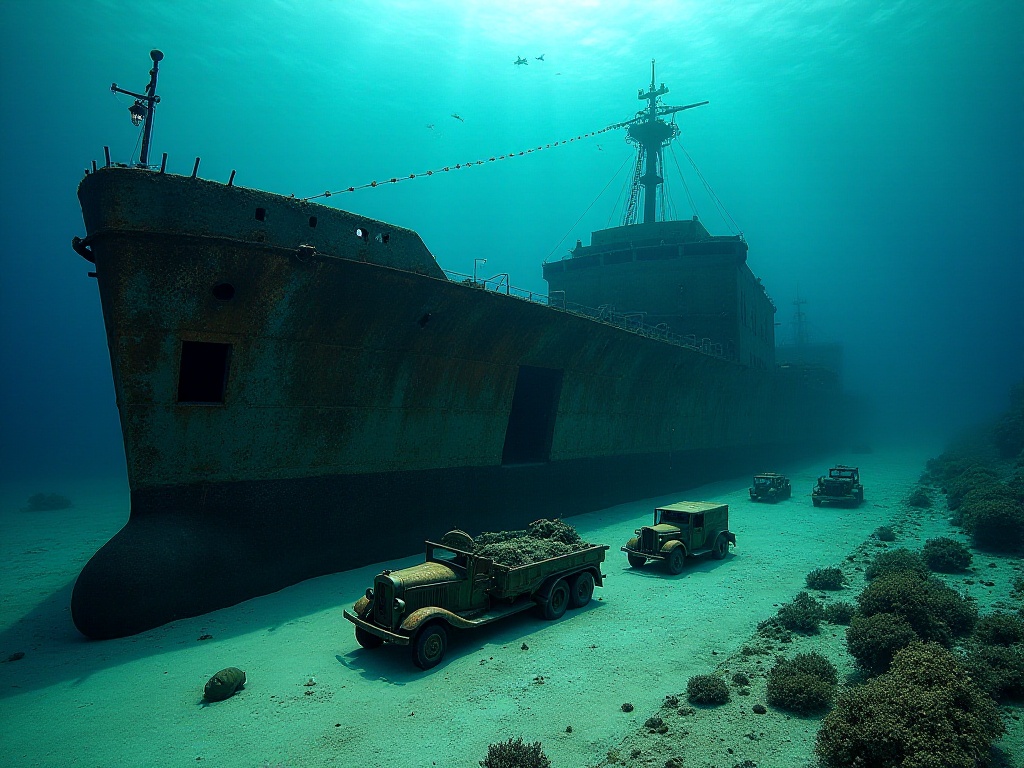
Geological Marvels
The Great Blue Hole of Belize is nature's ultimate artistic creation! This giant underwater sinkhole, over 300 meters in diameter and 124 meters deep, looks like a mysterious abyss when viewed from the edge. My first dive into the Blue Hole was incredibly exciting. As we descended, the surrounding walls gradually became darker, with sunlight filtering through the surface creating beams of light in the deep blue water - surreal beauty.
Most shocking was discovering huge stalactites at around 40 meters depth, formed tens of thousands of years ago when this was dry land. It's mind-boggling to think that former land is now an underwater world. This always makes me marvel at Earth's remarkable history.
Palau's Blue Corner Wall is another level of amazement. The vertical cliff extends down to 170 meters, and just standing at the edge is thrilling. Year-round upwellings bring deep-sea nutrients to the surface, making this a paradise for marine life. The most spectacular sight I've witnessed here was a group of grey reef sharks patrolling the cliff edge, with giant eagle rays gracefully gliding overhead - truly unforgettable.
The most magical aspect of Blue Corner Wall is its currents. Sometimes they're so strong you must grab onto rocks to stay steady. But these powerful currents bring rich plankton, attracting abundant fish life. The ecosystem is completely intact, featuring everything from tiny coral shrimp to massive sharks.
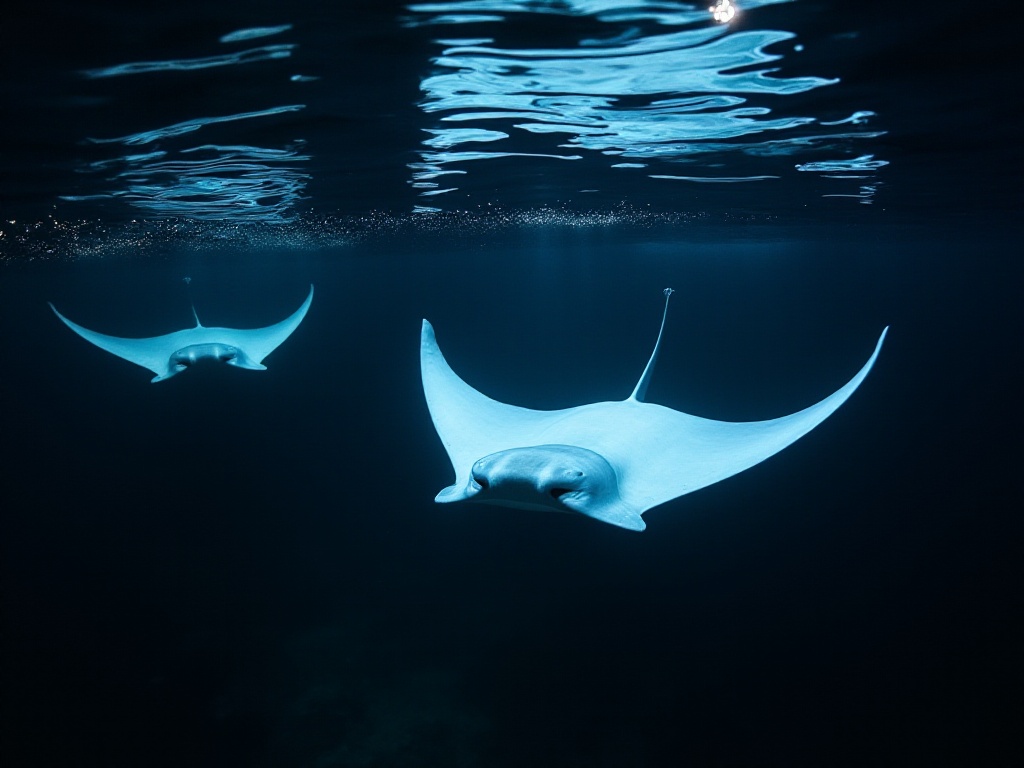
Wreck Exploration
For wreck diving, the SS Thistlegorm in Egypt's Red Sea is absolutely legendary! This British cargo ship, sunk by German bombing during WWII, is now a unique underwater museum. It still contains numerous military supplies, including several vintage motorcycles, military trucks, and even a complete locomotive! Each dive reveals new surprises in the ship.
What fascinates me most is exploring the ship's interior. Moving through narrow corridors, your flashlight beam reveals various historical traces. Some areas still have visible paint, and the placement of items in the cabins seems to tell the story of the ship's final moments. However, interior exploration requires professional equipment and experience - beginners should follow experienced instructors.
The SS President Coolidge in Vanuatu is another amazing wreck. This former luxury liner turned military vessel sank after hitting a reef during wartime. Now resting underwater, it's one of the world's largest diveable wrecks. The ship's structure remains remarkably intact, with traces of its luxurious decor still visible.
Interestingly, the ship lies at an angle on the seabed, requiring you to tilt your body to enter some cabins. Many original items remain, from medical equipment in the infirmary to dining room cutlery, all telling the ship's history. However, due to its depth, this site is better suited for experienced divers.
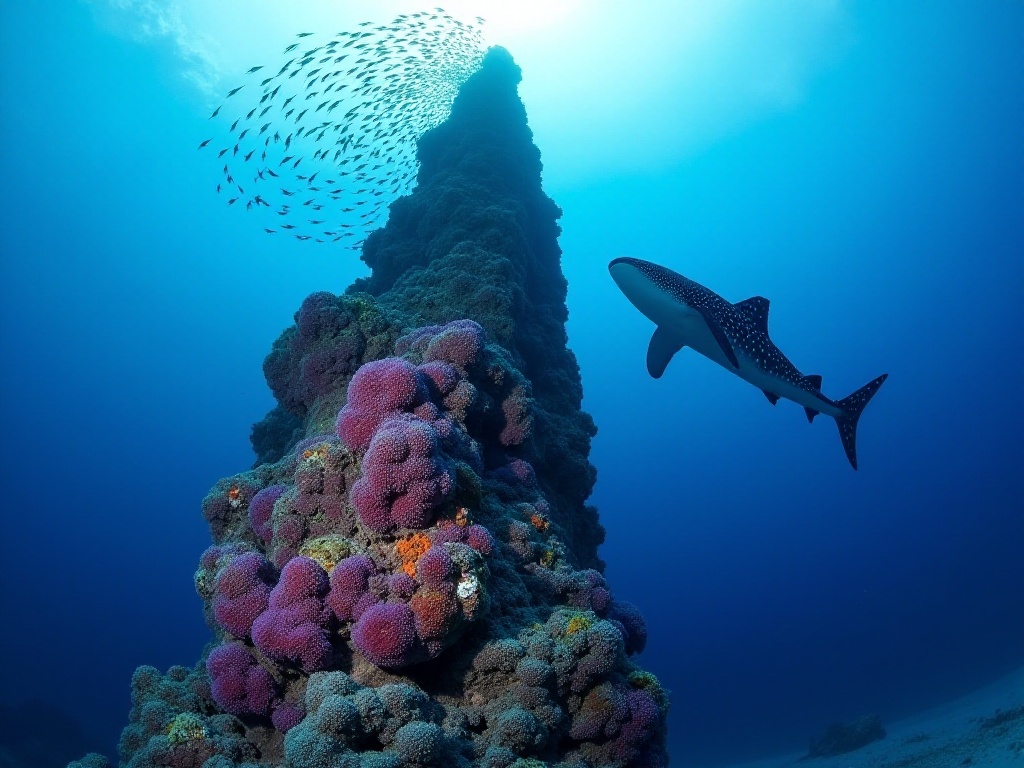
Wildlife Encounters
Stingray City in Grand Cayman is a shark enthusiast's paradise! The number of Caribbean reef sharks here is incredible - you might see dozens swimming around you in a single dive. Though it sounds scary, these sharks are extremely docile and completely uninterested in humans. They patrol their territory like graceful masters of this marine domain.
I remember one dive here when a particularly large reef shark swam past less than two meters away - I could clearly see every detail on its body. That adrenaline rush from close contact with a top ocean predator was incredible! However, remember that while these sharks are friendly, maintain appropriate distance - they're still wild animals.
Night diving with manta rays in Kona, Hawaii, is another extraordinary experience. As darkness falls, these massive manta rays are attracted to divers' lights, gliding like ghosts in the black water. They appear to dance ballet as they chase plankton in the light beams. Sometimes they pass right over your head, with wingspans several meters wide - a sensation impossible to describe in words.
Most amazingly, these manta rays seem curious about humans. They circle repeatedly around divers, sometimes pausing as if observing these strange visitors. However, note that while they appear gentle, maintain distance and avoid shining strong lights directly into their eyes.
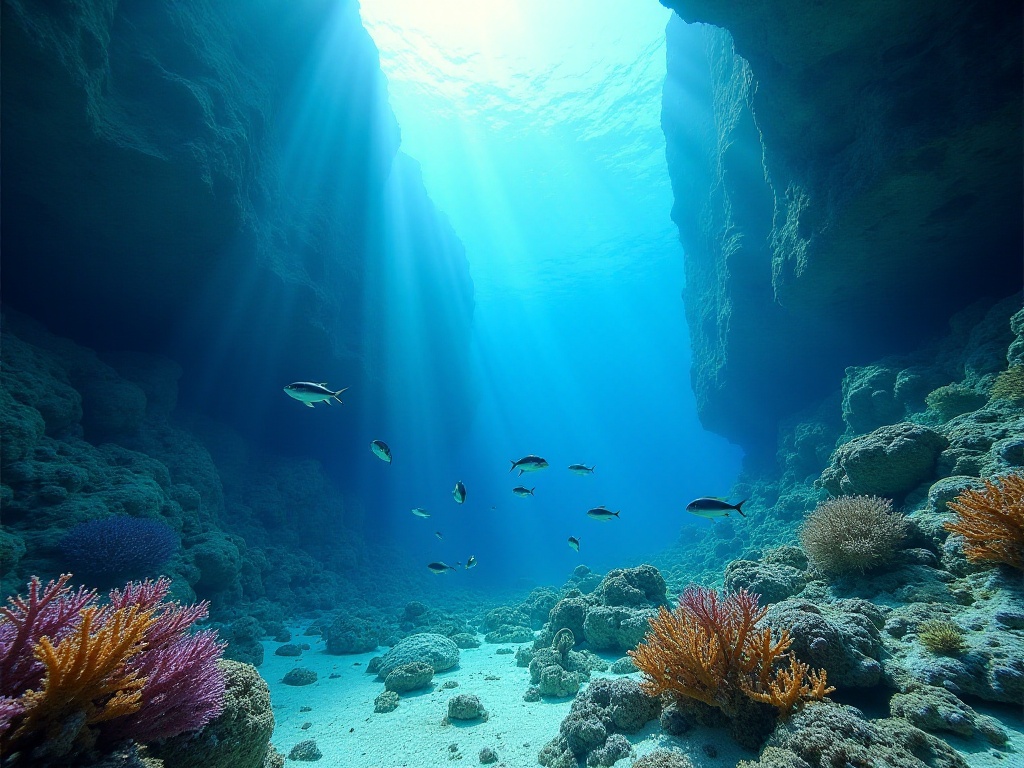
Diving Guide
To master these incredible dive sites, passion alone isn't enough - thorough preparation is essential. First, obtaining PADI or SSI certification is basic. Different sites have different certification requirements - deep sites like the Blue Hole are impossible without advanced certification. Start with Open Water Diver, gradually gain experience, then pursue higher certifications.
Seasonal timing is crucial. In the Maldives, for example, the best diving season is November through April. This period offers the best visibility and coincides with manta ray migration. Each site has different optimal seasons - research thoroughly before departure. Tubbataha Reef in the Philippines, for instance, is only open from March to June.
Regarding equipment, while many sites offer rentals, I strongly recommend owning at least a mask, snorkel, and dive computer. Choose a mask with good visibility and anti-fog properties, and a dry or semi-dry snorkel that's easy to clear. A dive computer is essential for safe diving, monitoring depth, time, and nitrogen levels in real-time to help make safer decisions.
Beyond basic equipment, prepare specific gear for each site. Red Sea diving requires 3-5mm wetsuits due to temperature variations. Night diving demands reliable primary and backup lights. For photography, underwater cameras or housings are standard.
Most importantly, maintain good physical condition. Though diving looks relaxing, it's physically demanding. Regular aerobic exercise, especially swimming, helps conserve energy underwater. Get adequate rest the night before diving, avoid alcohol, and eat a satisfying but not overwhelming breakfast.
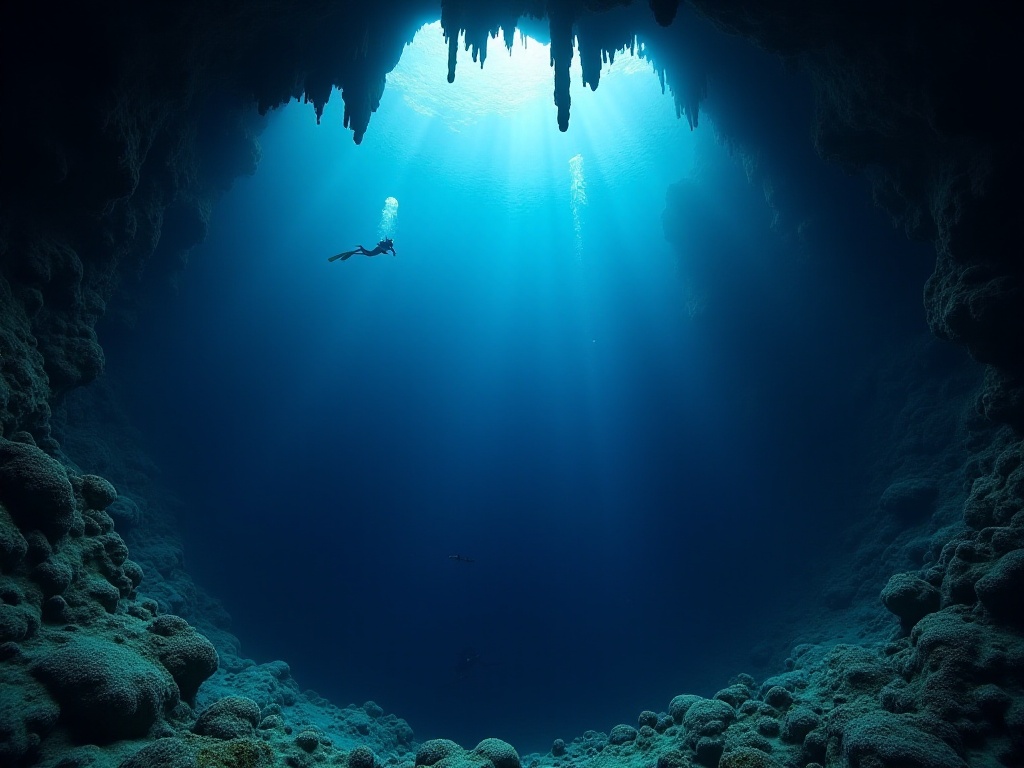
Final Words
A decade of diving has taught me that the ocean is far more magnificent than we imagine. Each dive begins a new adventure, full of surprises. Whether swimming with sharks or exploring ancient wrecks, every moment is exhilarating. Diving hasn't just shown me a different world - it's taught me to respect nature and cherish life.


